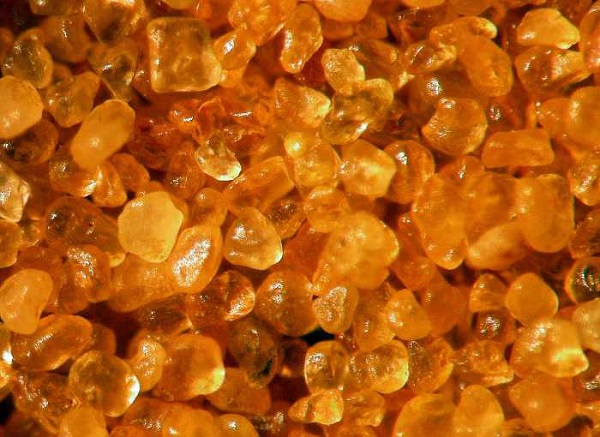FWP:
SETS
SUN: {10,5}
ZARRAH: {15,12}
That little phrase tere żauq se does a wonderfully evocative double duty here. While in English we can as a rule distinguish between 'the thought of you' (which is in my mind) and 'your thought' (which is in your mind), Urdu offers us no such grammatical choice. Only context (which leads us toward a primary reading of 'from you') can enable us to decide whether the żauq is 'from' you or 'for' you. For more on this, see {41,6}.
Needless to say, Ghalib has made sure that the available context admits both readings. For when we consider the second line, we find that it's easy to envision the żauq as flowing downward from Beloved to lover, just as the ray travels from the sun to the sand-grain. But because the sand-grain then has 'life', it's equally easy to envision the żauq as traveling backward toward the Beloved who is the giver of that life, just as the ever-changing glittery radiance of sand-grains creates a sense of movement. After all, the sand-grains themselves have now become tiny light-sources or suns, they too are agitated and emit their own bright little rays of responsiveness and desire.
As Arshi suggests, an excellent verse for comparison is {95,3}.

Nazm:
That is, creation considers you its original source, and the claim of nature is running in your direction-- the way from the sun's ray, life occurs in the sand-grain. In this verse the sand-grain's being alive has given great pleasure. That is, he has given it as a simile for that which is alive, and the cause of similitude is movement. (147)
== Nazm page 147